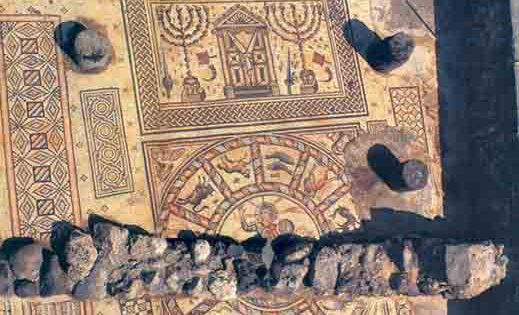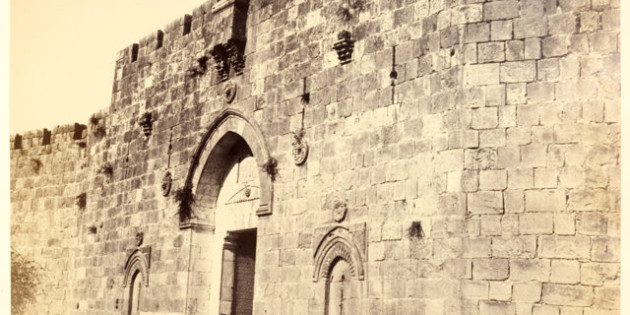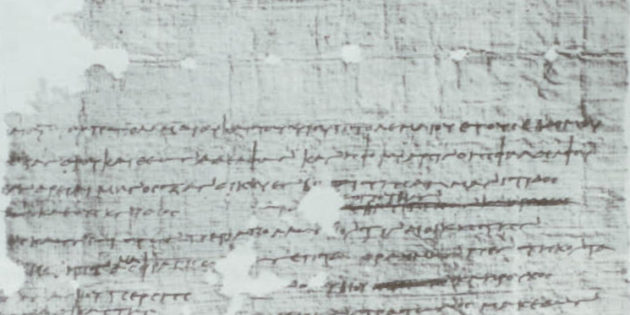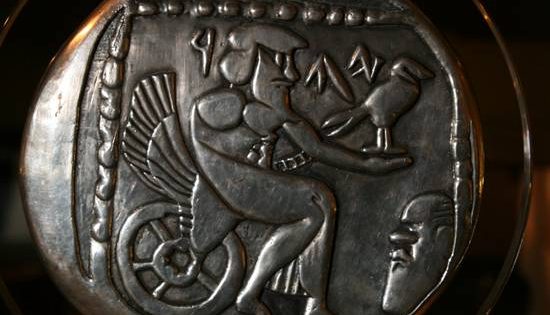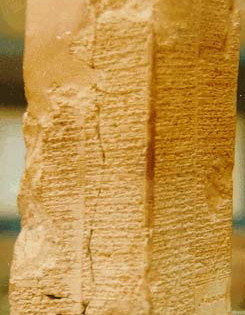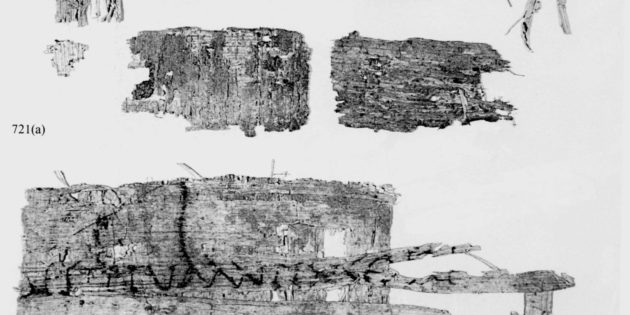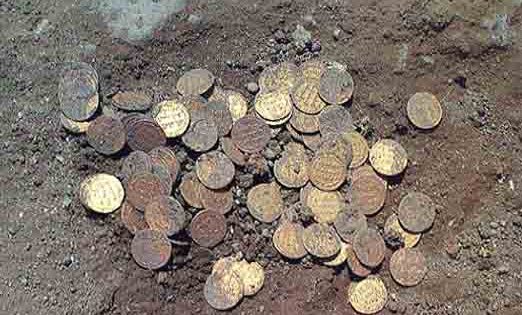Home » Archives for December 2008
Archive for December, 2008
Hammat Tiberias Synagogue Mosaic With the excavation of the 4th century Galilean synagogue at Hammath Tiberias by the Jewish Palestine Exploration Society in 1920-1, and the exposure of a mosaic floor depicting a Zodiac panel, torah shrine, and menorahs, as well as a portable stone candelabrum, the image of Jewish art as a contradiction in […]
The Zion Gate in 1865, from Charles Wilson’s Photographs of the Ordnance Survey of Jerusalem. Constructed in 1540 by Suleiman the Magnificent, the Zion Gate is one of eight gates built into the walls of the Old City. Located in the southwestern part of the Old City’s wall, it connects the Armenian Quarter and the […]
Zenon Papyrus One of the most valuable sources of information about conditions in Palestine in the middle of the third century is the correspondence of Zenon, an official of the finance minister Apollonius who served under Ptolemy II. Zenon’s archives were found in the Fayoum, Egypt, where he retired after the completion of his service. […]
Yehud Coin obverse Yehud Coin Obverse- Bearded male bust in three quarters to right wearing crested helmet. Reverse- Bearded male divinity seated to right on winged wheel, holding a falcon on his extended left; in lower right field, mask to left; above, Aramaic inscription- YHD. All in square rope pattern frame. Silver drachm, 3,29 grams, […]
Sumerian King List The Weld-Blundell Prism is a baked clay “prism” with four equal sides, each about 20cm high and 9cm wide. An unknown scribe recorded the names of the rulers of Akkad and Sumer (today’s central and southern Iraq) in cuneiform. It contains the most complete surviving list of the Sumerian kings from c. […]
The Battle Between the Sons of Light and the Sons of Darkness Date- c. 100 BCE Current Location- Israel Museum, Jerusalem, Israel Language and Script- Hebrew; alphabetic War Scroll General Information- The scroll pictured here, known as the War Scroll, describes the apocalypse as expected by the Qumran sect. Undoubtedly, it was authored by a […]
Serekh ha-Milhamah This six-line fragment was written in a Herodian script of the first half of the first century CE. 1. ]Isaiah the prophet- [The thickets of the forest] will be cut [down 2. with an axe and Lebanon by a majestic one will f]all. And there shall come forth a shoot from the stump […]
REDIRECT War Rule Fragment, 1st century CE
Virgil’s Aeneid At Yadin’s excavation in Masada (1963-65) a small papyrus fragment of Virgil’s Aeneid was found. It was discovered along with other Latin papyri in one of the wall casements. It is assumed to have been brought there by the Roman garrisons stationed at Masada.
Uamayyad Dinars Uamayyad Dinar Hoard Hoard of Umayyad Dinars found at Capernaum in 1983. Removal of a paving stone from the inner courtyard of a Byzantine house at Capernaum revealed the cache of gold. Valued today at $250,000, these 282 dinars were minted in Damascus during the Omayyad dynasty, about 695–743 A.D. At that time, […]

